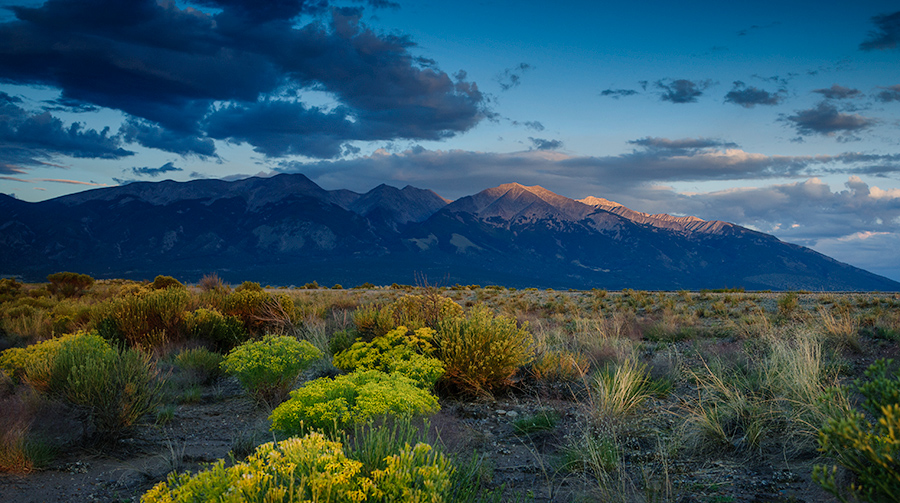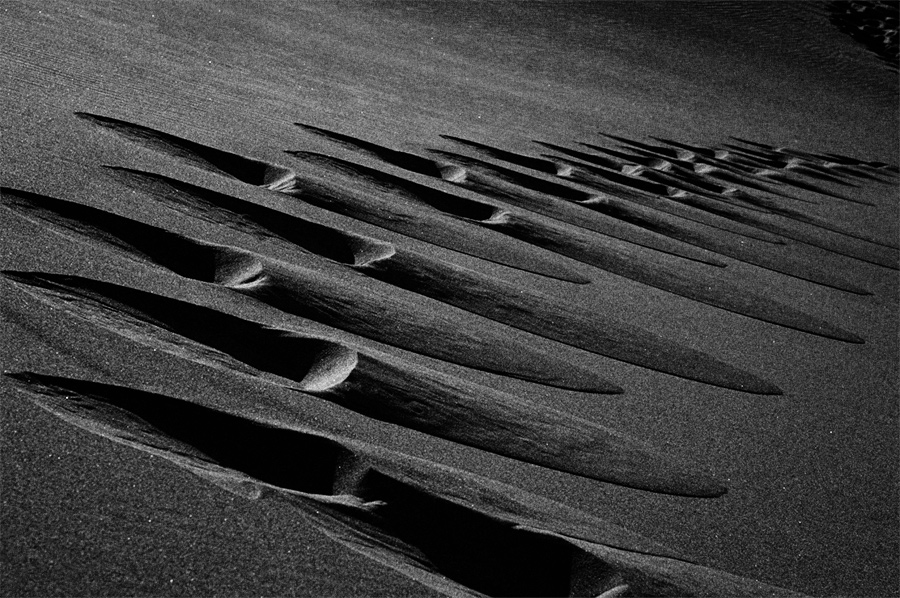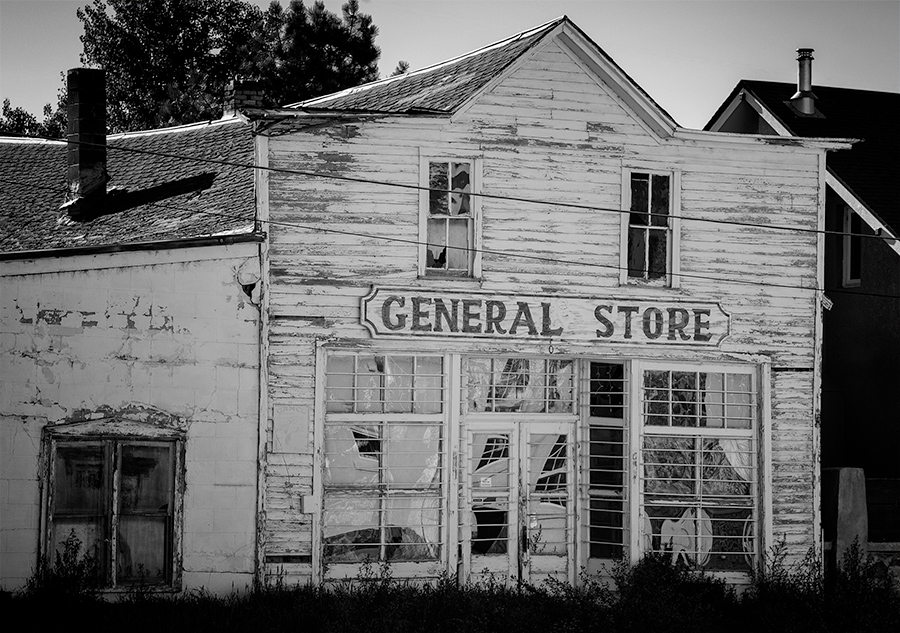
A few months ago I read the book NIGHT PHOTOGRAPHY - From Snapshots to Great Shots by Gabriel Biderman and Tim Cooper. If you try to learn about all aspects of this kind of photography this book is highly recommended. Easy to understand, even for a not-native English speaker like me, very good illustrations and photos, and a just straight forward and simple teaching style made the book a great pleasure to read and a wonderful source of information for me. Needles to say that I was eager to apply some of the new knowledge to my photography during our vacation in southern Colorado. Here is my little story about the first try…
There was only a very short period when we could expect to photograph the Milky Way up in the nightly sky and that was right at the beginning of our Colorado trip, just during our stay in the Great Sand Dunes National Park. For the rest of the time we had waxing moon. As good as this was for shooting mountains illuminated by the moon, it doesn’t help to make an image of the Milky Way.
Watching the sky at night in the Great Sand Dunes made me again aware how much light pollution we face even in a state like Iowa, that is not as densely populated , like for example Central Europe or the big cities here in the US.
The best results in order to capture the Milky Way, or at least parts of it, were achieved by using the Carl Zeiss Distagon T*, 35 mm / f2 ZF, wide open, f2, and an exposure time of 10 seconds. In order to stay below 10 seconds I had to dial in ISO 1100, which is kind of a stretch on my good old NIKON D300s in regards of noise and image quality. Any time longer than 9.5 sec. creates star trails instead of seeing the stars as dots and it would have made the Milky Way real “milky”.
Several mistakes have been made during this shooting session in the dark right beside our tent and I felt like a golf player that is the first time on a golf course. But hey, I really love this stuff and I learned my first lesson in the field. Can’t wait to try it again!! :-)












